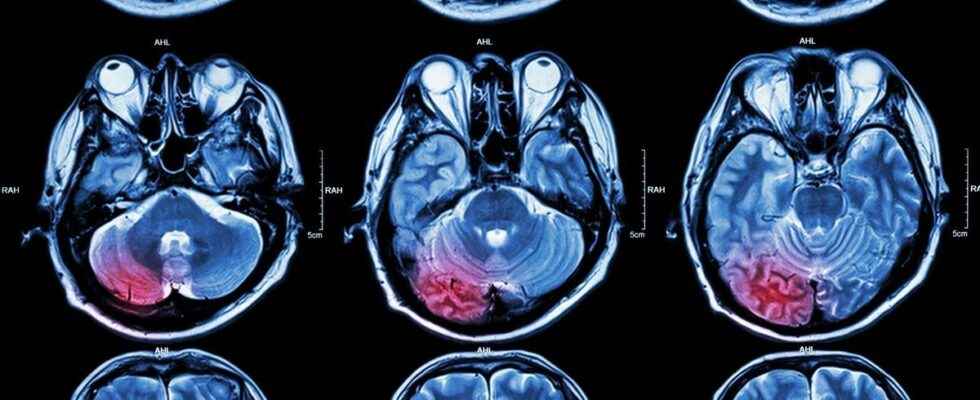Posted ,
Reading 2 mins.
in collaboration with
Dr Gérald Kierzek (Medical Director of Doctissimo)
According to a study conducted by Yale and Harvard researchers, portable MRI machines detected ischemic strokes or hemorrhagic strokes in 90% of the patients examined. “An important step forward and a saving of precious time for emergency care” believes Dr Gérald Kierzek.
The portable MRI, capable of detecting both types of stroke
Portable MRIs are devices developed quite recently, which make it possible to carry out this examination even in places far from an imaging center possessing this device. According to the authors of this work, portable MRIs are therefore able to detect strokes, both hemorrhagic and ischemic.
By performing it in the context of urgent care, far from any medical establishment, this can help the emergency physician to quickly make a treatment decision when the person’s life-threatening situation is at stake. Because ischemic strokes are usually treated with anticoagulants, but this treatment is dangerous for patients with hemorrhagic stroke, or stroke that could cause bleeding in the brain.
4 millimeter clots
To achieve these results, the researchers analyzed images from portable MRIs of 50 patients at Yale New Haven Hospital. That’s how Yale and Harvard scientists found that the results largely confirmed diagnoses of ischemic stroke made by fixed MRIs. They also report that for 45 of these patients, the portable MRI detected blood clots as small as 4 millimeters. Their results, validated by peers, are published on April 20 in the journal Science Advances.
A chance for distant patients
The authors of this work, which includes Kevin Sheth, professor of neurology and neurosurgery at the Yale School of Medicine, believe that “This is the first systematic evidence that you can detect ischemic stroke using wearable devices at the bedside.”. We also know that outcomes for stroke patients are improved when they are taken care of quickly. “Portable MRIs can be used at a patient’s bedside, in ambulances, or in clinics in remote areas.” believes Professor Sheth.
“Keep in mind the clinical examination of the patient”
An observation shared by Dr Gérald Kierzek, emergency physician and medical director of Doctissimo. “Portable MRI is the future!” enthuses the specialist. “This makes it possible to have access to a precise examination more quickly and anywhere, it is truly the democratization of access to imaging. We can imagine that we can do the examination in an ambulance, teletransmit it to a radiologist and treat the patient immediately” he adds. “However, the goal is not to make MRIs indiscriminately: the clinical examination of the patient remains the most important element, it is necessary to be aware of the symptoms and to examine the patient before making any decision concerning a complementary exam”.
